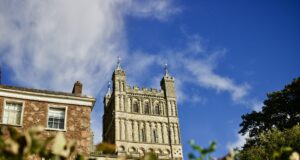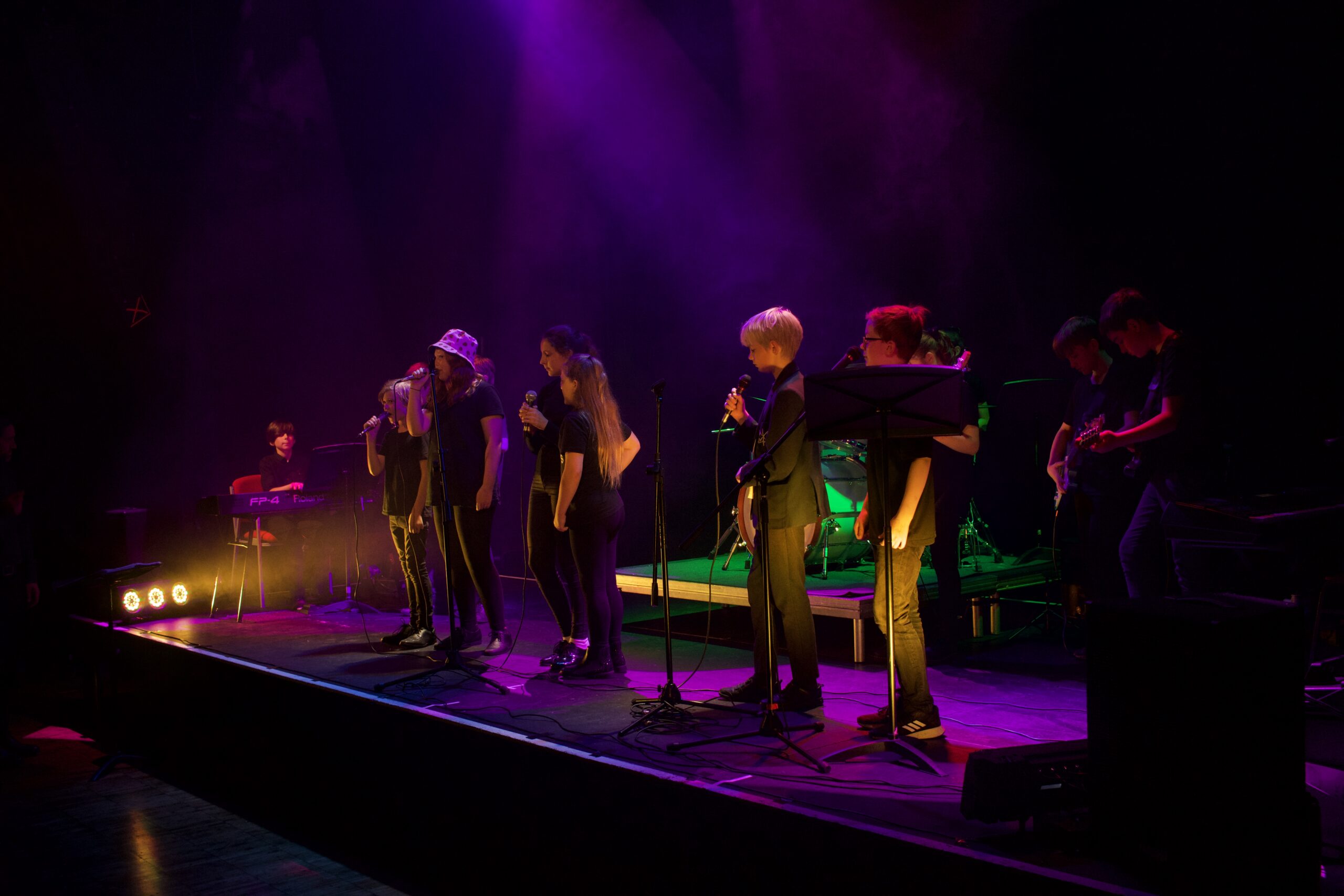Welcome back to the life and community of Exeter Cathedral School, may you, your family friends, work and lives be blessed as we enter another uncertain period of the Pandemic, but with more hope and understanding.
There’s an interesting and exciting event this coming Saturday…the Archbishop of Canterbury is coming to Exeter Cathedral on Saturday 18 September, to commemorate the 150th Anniversary of the Martyrdom of Bishop John Coleridge Patteson.
Archbishop Justin Welby will officially open Patteson’s Way, a new 12-mile route created in honour of Patteson.
The new circular pilgrimage route begins and ends at St Andrew’s Church in Feniton, taking in several locations significant in Patteson’s life. It is a joint initiative between the Diocese of Exeter and the Melanesian Mission UK, of which Archbishop Justin Welby is President.
During his visit, Archbishop Justin will walk part of the route with local families before preaching at a special service at Exeter Cathedral at 12 noon, at which our choristers will be singing.
Bishop John Patteson (1827 – 1871)
His mother was Frances Duke Coleridge who was a niece of the poet Samuel Taylor Coleridge, born in Feniton and at school in Ottery St Mary, Devon.
He was ordained as curate of Alphington, Devon, and in September 1854 was ordained priest at Exeter Cathedral. In 1854, the first Bishop of New Zealand, George Selwyn, recruited Patteson as a missionary to the South Seas.
In 1861, he was consecrated the first Bishop of Melanesia. It was not an easy calling: the islands are scattered over 1,800 miles (2,900 km) of ocean. He was not always welcomed, particularly since the native peoples were subject to abuses at the hands of blackbirders. These essentially stole men as labourers, transporting them away under harsh conditions.
On 20 September 1871, Patteson was killed on one of the Solomon Islands. It was thought that natives killed him as revenge for the abduction of five men by illegal ‘blackbirders’ basically men forcing locals into labouring in Australia and New Zealand. Patteson was taken for a ‘blackbirder’ and killed, but the natives realised their mistake and treated his body with respect, as it was found floating at sea, placed in “a canoe, covered with a palm fibre matting, and a palm-branch in his hand”.
John Patteson is celebrated in Anglican churches for his saintly life and as a martyr; he is commemorated with a Lesser Festival on 20 September. The Martyrs’ Pulpit in the nave of Exeter Cathedral was erected in memory of Bishop Patteson. It was designed by George Gilbert Scott in the 1870s. The Illustration shows the scene of the bishop’s martyrdom.
The Melanesian Brotherhood
One of the main legacies of Patteson’s work was the eventual formation of the Melanesian Brotherhood: an Anglican religious community of men in simple vows based primarily in the Solomon Islands, Vanuatu, and Papua New Guinea, formed in 1925 by Ini Kopuria, a policeman from the Solomon Islands. He and the Bishop of Melanesia, the Right Reverend John Manwaring Steward, realised Ini’s dream by forming a band of brothers to live the Gospel of Jesus Christ on the islands of Melanesia.
The Brothers follow a cycle of daily office and Eucharist and follow the vows of poverty, celibacy and obedience. They spend three year as novices and then take vows for terms of five years, which are renewable. Some brothers take life vows, but most brothers serve from seven to twenty years and are released.
During the “ethnic tension” of 1999–2000 in the Solomon Islands, the Brotherhood participated in peace-making efforts which led to a ceasefire. They then gathered weapons from combatants and discarded them at sea. One rebel leader, Harold Keke, did not comply with the agreement and continued to cause trouble. In August 2003, the Police Commissioner was able to inform the Brotherhood that some brothers had been murdered. Keke and his men surrendered several days later, and the bodies of the seven brothers were exhumed and brought back to Honiara for autopsy. Br. Nathaniel had been tortured for several days before dying, three of the others had been shot on arrival and the remaining three had been tortured and shot the next day. On 20 February 2004, Prime Minister of Fiji, presented the brotherhood with a Human Rights award: ”for its sacrifice above the call of duty to protect the vulnerable and build peace and security in Solomon Islands during the civil conflict and post-conflict reconstruction”.
On 3 August 2008, the seven martyred members of the Anglican Melanesian Brotherhood were honoured during the concluding Mass of the Lambeth Conference, at Canterbury Cathedral. Their names were added to the book of contemporary martyrs and placed, along with an icon on the altar of the Chapel of Saints of Our Times. When the Eucharist was over, bishops and others came to pray in front of the small altar in the chapel. Now their icon stands at the Cathedral as a reminder of their witness to peace and of the multi-ethnic character of Global Anglicanism.
The Seven Martyrs of the Melanesian Brotherhood are remembered in the Church of England with a commemoration on 24 April.
If you would like to speak to me at any point, please do not hesitate to get in touch with me: [email protected]
Blessings and best wishes!
Bishop Martin







